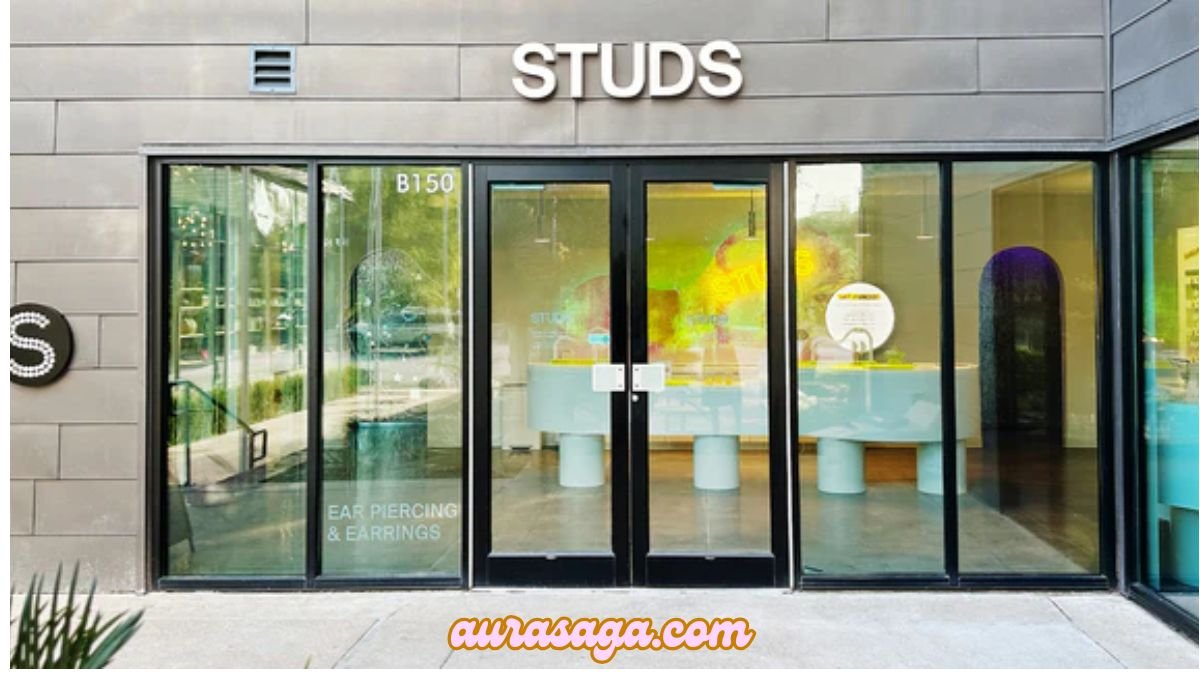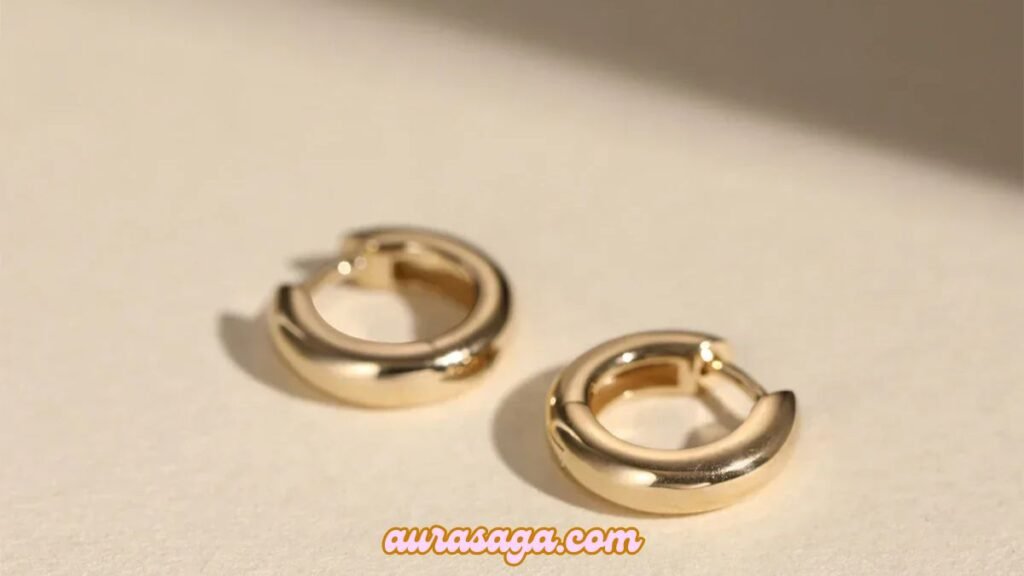Introduction
Austin Bar Piercing is a unique form of body modification that has grown in popularity among piercing enthusiasts. Unlike traditional nose piercings that go into the nasal cavity, the Austin Bar Piercing is a horizontal piercing placed through the tip of the nose. This piercing doesn’t penetrate the septum or nostrils, making it a purely aesthetic choice. Its distinct placement makes it a bold and stylish statement.
Understanding the Process
Preparation for Piercing
Before getting an Austin Bar Piercing, preparation is essential to ensure a smooth experience and reduce the risk of complications. Start by researching reputable piercing studios with positive reviews and experienced professionals. Ensure the studio follows strict hygiene protocols, uses sterilized equipment, and has certified piercers. Discuss your anatomy and jewelry preferences with the piercer, as not everyone may have the ideal nose shape for this type of piercing.
The Procedure Step-by-Step
- Sanitization: The piercer cleans and sterilizes the area to prevent infection.
- Marking: The entry and exit points are marked to ensure accurate placement.
- Piercing: A hollow needle is used to create the piercing.
- Jewelry Insertion: The chosen jewelry is inserted carefully into the fresh piercing.
- Final Check: The piercer ensures everything is properly positioned and provides aftercare instructions.
The entire procedure is quick, typically lasting only a few minutes.
Types of Austin Bar Piercings
Mantis Austin Bar Piercing
This variation places the bar closer to the nostrils, creating a distinctive look. It mimics the appearance of a mantis, hence the name.
Nasallang Austin Bar Piercing
A more complex variation, the Nasallang Austin Bar combines the horizontal bar with additional piercings that connect to the nasallang style. It’s an adventurous choice for those who love intricate piercings.
Rhino Austin Bar Piercing
The Rhino Austin Bar features a vertical piercing that complements the horizontal bar, forming a striking combination. This piercing is bold and often chosen by those seeking a dramatic look.
Jewelry Options for Austin Bar Piercing
Austin Bar Piercing Jewelry Styles
There’s a wide range of jewelry styles available, including minimalist straight bars for a subtle look or ornate designs with gemstones for added flair.
Popular Materials for Jewelry
- Titanium: Lightweight, hypoallergenic, and durable, making it ideal for sensitive skin.
- Surgical Steel: Affordable and sturdy, but it may not suit individuals with nickel allergies.
- Gold: Adds a luxurious touch to the piercing but should be high-quality to avoid irritation.
Pain and Healing Process
How Painful is Austin Bar Piercing?

The Austin Bar Piercing is moderately painful. Most people describe it as a sharp pinch that lasts for a moment. The pain level depends on individual tolerance and the skill of the piercer.
Tips for Faster Healing
- Clean the piercing twice daily with a sterile saline solution.
- Avoid touching or twisting the jewelry unnecessarily.
- Keep makeup, sunscreen, and skincare products away from the area during healing.
- Sleep on your back to avoid pressure on the piercing.
Healing time typically ranges from 2 to 3 months, but this can vary depending on aftercare and personal healing rates.
Maintenance and Aftercare
Dos and Don’ts
- Do: Follow all aftercare instructions provided by your piercer.
- Don’t: Remove the jewelry prematurely, as it can cause the piercing to close or become infected.
- Do: Use a saline solution for cleaning.
- Don’t: Submerge the piercing in pools, hot tubs, or other bodies of water during the healing phase.
Cleaning Tips
Clean the area gently with sterile saline twice a day. Avoid harsh chemicals like alcohol, hydrogen peroxide, or iodine, as they can irritate the skin and delay healing.
Risks and Safety Measures
Common Risks
- Infection: Can occur if aftercare instructions are not followed.
- Swelling: Some swelling is normal, but excessive swelling requires medical attention.
- Migration or Rejection: This happens when the body pushes the jewelry out, often due to poor placement or unsuitable jewelry.
How to Choose a Safe Piercing Studio
- Look for studios with good reviews and experienced piercers.
- Ensure the piercer uses single-use needles and sterilized equipment.
- Ask for their certifications and observe the studio’s hygiene standards.
Styling Your Austin Bar Piercing
Chains and Accessories
You can elevate your Austin Bar Piercing with chains that connect it to other piercings, like septum or nostril piercings. This creates a cohesive and stylish look.
Pairing with Nose Rings
Pair your Austin Bar Piercing with nose rings for a layered aesthetic. This combination allows you to showcase multiple pieces of jewelry creatively.
Trends and Popularity
Austin Bar Piercing Star Trend
Stars, celestial-themed designs, and minimalist aesthetics are becoming increasingly popular for Austin Bar Piercings. They add a whimsical and trendy touch.
Celebrities and Influencers
The Austin Bar Piercing has been embraced by influencers and celebrities, further fueling its popularity. It’s often seen in photo shoots, videos, and social media posts, making it a trendy choice for self-expression.
Conclusion
Austin Bar Piercing is a bold and unique choice for those seeking to stand out. With proper care and attention, it can be a stunning addition to your style. Whether you opt for minimalist jewelry or intricate designs, this piercing offers endless possibilities for self-expression.
FAQs
- Is Austin Bar Piercing suitable for everyone?
No, the anatomy of the nose varies, and not everyone is a good candidate for this piercing. Consult a professional piercer for advice. - What is the cost of Austin Bar Piercing?
Costs typically range from $50 to $100, depending on the studio and the jewelry used. - How long does it take to heal?
The healing process takes 2-3 months but can vary based on individual healing rates and aftercare. - Can I wear any type of jewelry?
It’s recommended to use hypoallergenic materials like titanium or gold to reduce the risk of irritation or rejection. - Does it leave a scar if removed?
Minor scarring is possible but can fade over time. Proper aftercare during and after removal minimizes scarring.


